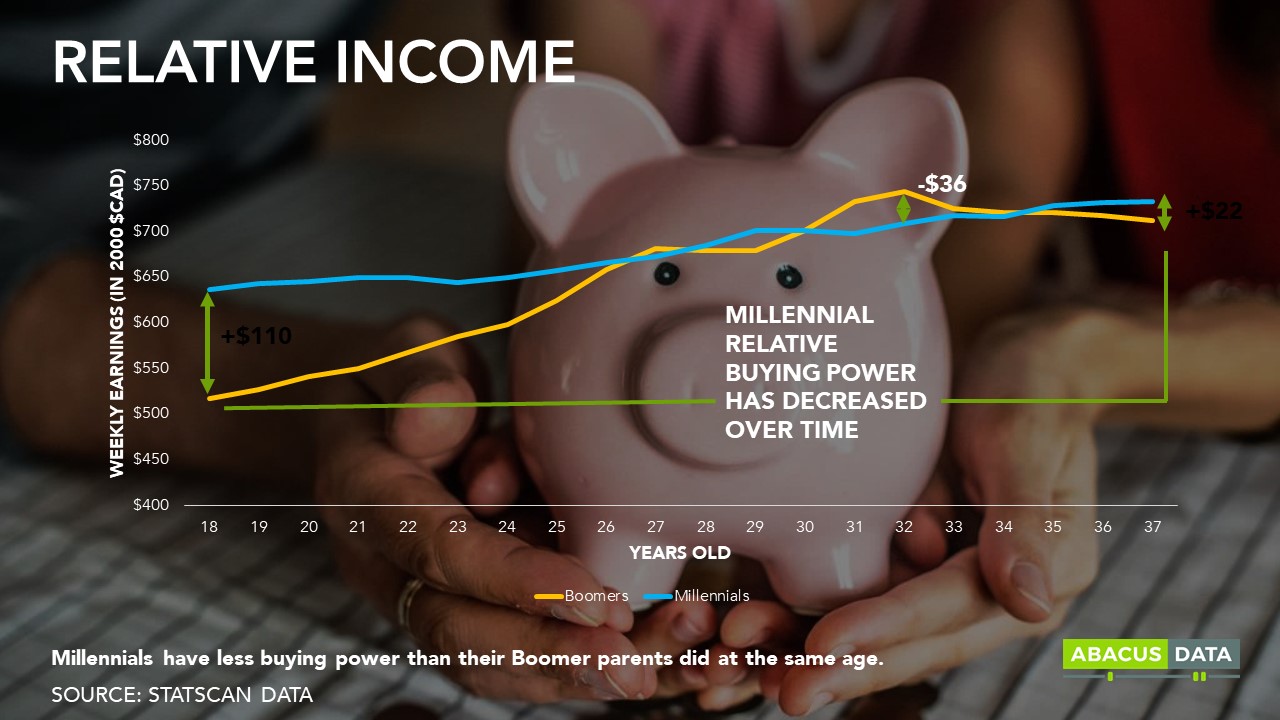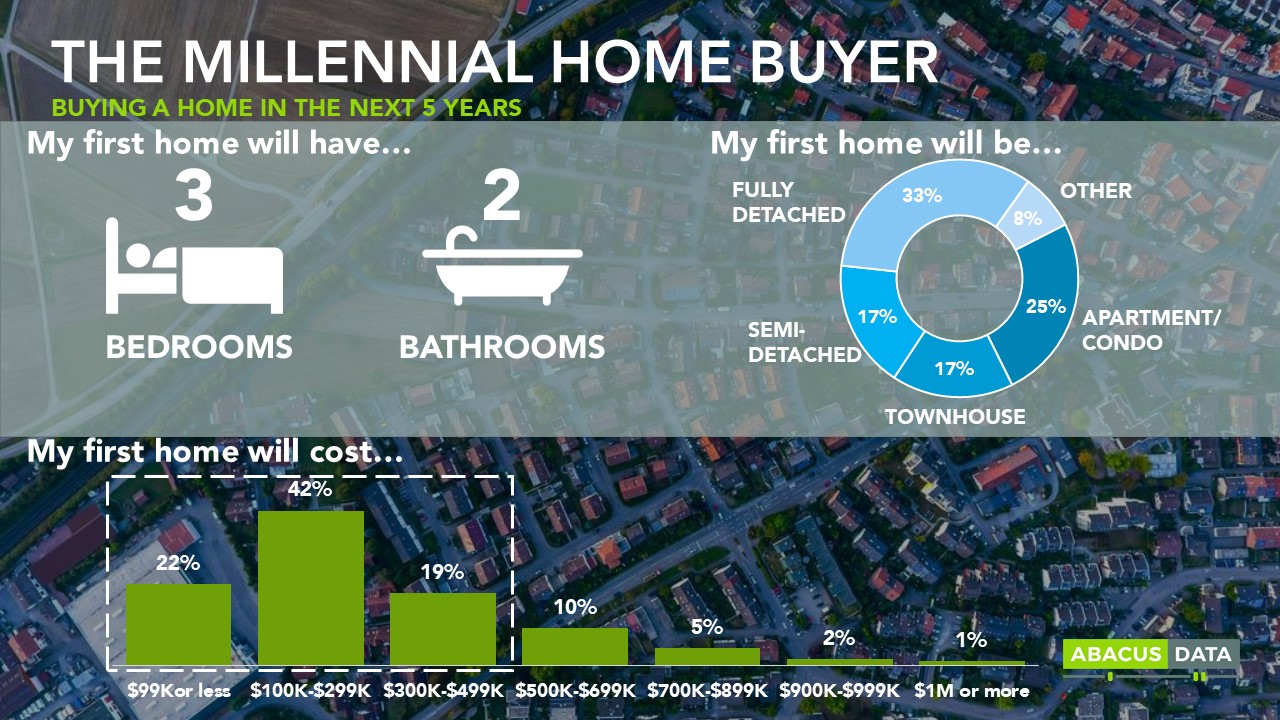Generational change in the marketplace: A question of loyalty
April 16, 2018
We often hear how Millennials are disrupting traditional powerhouse brands with their serial disloyalty. For example, where the traditional choices might be Coca-Cola or Pepsi, Millennials are saying, “Neither, I’ll take the ethically brewed, organic kombucha that’s made at my local co-op.” This has been repeated in industry after industry, from financial advisors to publishing houses Millennials and the new technologies of today are leaving wounded multi-million dollar titans in their wake. There is however, one industry where Millennials show the loyalty once garnered by the acolytes PAN-AM or Marlboro. Brand loyalty can still be found today in the mobile phone industry.
There may be many reasons why Millennials have maintained their loyalty to their cellphone brand but they all have their foundation in the tumultuous period of the Mobile Phone Wars of the early 2000s.
The war to end all wars:
Many have suggested that the loyalty these cellphone giants enjoy were hard fought for in what has come to be known as the “Mobile Phone” or “Smart Phone” wars of 2008-2012. In 2008 Nokia, Blackberry, and Motorola were the largest players on the block. They won their market shares in the late 80s during the cell phone revolution and now were enjoying the fruits of their economies of scale. Sitting on their laurels, these cellular giants watched as a newly rebranded computer company, Apple, unveiled a peculiarly named but highly stylized mobile device. On January 2, 2007 in San Francisco the iPhone was unveiled to the world and the unbeknownst to the lumbering behemoths the first lines of the mobile phone wars had been drawn. Over the ensuing 4 years these and other mobile and technology companies, including Google and Samsung, would be involved in upwards of 4000 legal injunctions involving no fewer than 2 841 disputed patents. To put that in perspective, that means 3 new suits or legal actions were introduced every day in the 4-year time period. And besides these legal battles consumers can remember the battle for our hearts and minds. How could we forget the creative and iconic advertisements of that era? Whether it be dancing silhouettes, clever Mac’s and our doting PC’s or subway fisticuffs with our mobile devices we were drawn to a phone provider like a fly to a light.
When the dust settled in 2013 Nokia had fallen, Motorola was acquired, and Blackberry became the sick man of mobile. And where these forerunners once stood California’s Apple and South Korea’s Samsung lay triumphant. Both attained the largest market share but of the two companies, one has experienced a loyalty envied by religious leaders and politicians alike. And at whose alter do Millennials bow before as apostles of the brand the most? Apple.
Both Apple and Samsung have their brand ambassadors. You ask a Samsung devotee and they will tell you that Samsung’s are for the unpretentiously smart worker. The technological professional that does not want to be bound by limiting operating systems and hardware silos. Apples followers will tell you that their ilk is a cut above the rest. Valuing both design and functionality, an Apple bearer is ahead of the trends and is more creative than your average joe-Android.
In our latest survey of Canadian Millennials—the Canadian Millennials Report is the largest reoccurring Millennial study in Canada—Abacus asked them about their mobile devices. Today, Apple holds 51% of the Millennial cellphone market. This is highest among young Millennials born in 1995 and later (31%) and lowest among Millennials born in 1984 and earlier (20%). Samsung controls around 35% of the market share where as the rest of the mobile phone companies are left to fight over the remain 14%. The gender breakdown of these brands is unique. The iPhone loyalist are more likely to be women by a factor of 1.5 where Samsung has a greater balance between genders, about a 50/50 split. The interesting numbers come up when we look at third-party cellphones like Google, Lenovo, or Huawei. The third-party market is dominated by older Millennial men (60% of the market) particularly those in their late 20s and early 30s. We were also curious to see if geographical location had any effect on brand adoption. Overall, phone preference across Canada is pretty much the same. Apple and Samsung dominate in most provinces except New Brunswick where there is a three way race between the big two and third-party companies. Although we can’t be certain why this is the case, there is the possibility that the relatively high price points of the big two make attaining them more difficult in the depressed Maritime economy making lower-priced third-party phones seem more attractive.
But moving past New Brunswick’s non-conformist phenomenon we found that there were other surprising differences between the company faithful. For instance, somewhat to our surprise, Apple’s acolytes were more likely to believe in God than any other company cohort (54%). Samsung believers are more likely to be atheist with 56% stating that they don’t believe in the Semitic interpretation of an almighty being. Third-party devote were just as likely as Samsung users to be atheist. We’re not reading too much into this one. While we’ll keep an eye out for a trend as we survey more Millennials later this year, to say that an Apple user is literally holier than thou…you know, there might actually be something here, catch up with us in the fall when we publish the next wave of our Canadian Millennial Report. At any rate we also found that Apple was the product of choice for Canada’s highly educated Millennials. Those who have completed post-graduate studies were the more likely to have an iPhone than a Samsung. Samsung is the “working man’s” phone being on average two points higher than Apple for those Millennials that have completed college or some university or have lower educational attainment. The same can be said for income. Millennials with higher incomes tend to prefer iPhones where as Millennials with lower incomes tend to prefer Samsung or in the case of those that make less than $35,000 per year, a third-party phone.
So, while Millennials haven’t clung-on to old-economy powerhouses like Coca-Cola or IBM they are willing to be loyal to firms that grab their attention. Less we forget the Coca-Cola vs Pepsi advertising wars in the 70s and 80s or the Colgate vs Crest in the 50s and 60s. Firms in the market that compete for attention will get attention, those that sit back and lay on their historic spoils are likely to be found along the way-side of modernity as the connections forged with older generations fade into distant memory. If firms want to be relevant to the next generation they need to compete for their attention and link their product to what’s important to Millennials.
The majority of this data came from the Canadian Millennials Report which is Canada’s largest reoccurring syndicated publication dedicated to understanding the views of Canadian Millennials. We survey 2,000 Millennials twice a year tracking their attitudes over time and their perceptions of current issues.
At Abacus Data we take understanding the next generation seriously. We are the only research and strategy firm that can help your business or organization respond to the unprecedented threat of generational change and technological disruption. If you want to know how your business or organization can succeed in the Millennial Marketplace Contact us to learn about our array of bespoke products and services that can make you an industry leader.



